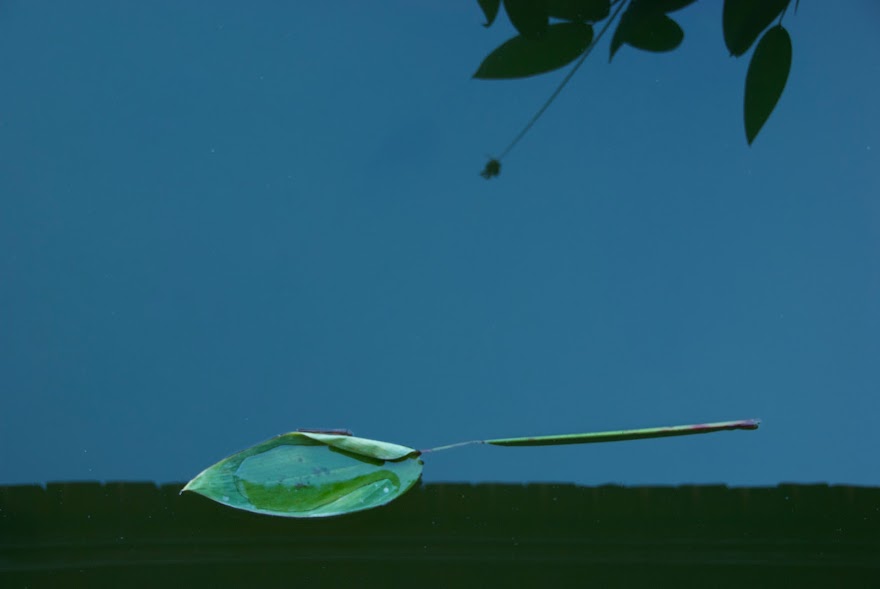Normally I look down from our windows onto sidewalks full of people walking dogs or heading to or from nearby South Station, and streets filled with cars. Not today. Snow, blown horizontally by gale force winds, ended last evening, and today is sunny and clear and brutally cold. I don’t know the official snow fall, but there are more than 2’ drifts.
Chicago set a new record low for the date of -15°F/-26°C a few hours ago, and the wind chill is -40 something F, which conveniently is also -40°C. Carol is working from home via computer and conference calls. I don’t know what the poor dogs are doing.
I went to college 180 miles west of here and remember being even colder. To check, I googled the weather for Dubuque, Iowa in 1963 and found that the lowest temperature in January was indeed -23F/-30.5C, and that we went weeks instead of days without reaching 0°F. I had to walk only a couple of blocks to get to classes, fortified with the knowledge that in a few months I would be on my way to California. We started driving west the day after graduation.
Today I don’t even have to go out until Wednesday, by which time we will have warmed to 8F or even 10F. And I am fortified with the knowledge that a month from yesterday, assuming planes are flying, I’ll be in San Diego.
———
California and South Africa have much in common.
Both are among the most beautiful places on Earth. Both have spectacular deserts, mountains, and coasts. Beautiful wine country. And both have few natural all weather harbors. Cape Town and Los Angeles/Long Beach are made such only by massive breakwaters. California does have San Diego and San Francisco Bays, and South Africa Saldanha Bay. I haven’t forgotten Durban, which is fine once you get inside, but can be closed to all shipping due to waves breaking across the entrance, as it once was when I approached in a storm.
So I was surprised to read in the Civil War Today app on January 2, that 150 years earlier, “Federal Troops Seize Santa Catalina. Authorities were concerned that enemies might seize…one of the finest harbors on the California coast.”
I haven’t sailed to Catalina for forty years, so I just checked the electronic chart, and I still don’t know what they are talking about. The main anchorage at Avalon is more of a roadstead than a harbor, wide open to the east. Catalina Harbor on the other side of the island is protected from all but the south which is the very direction from which winter storms often blow, but is small and narrow and a death trap for any ship caught inside.
Following the Union conquest, the Federal government ordered everyone—mostly miners futilely seeking gold—off the island and stationed troops there for nine months. I expect some of the soldiers were bored, though I think it could have been wonderful. Certainly it was among the safer places to be stationed in 1864.
———
At present, as it has been for several days, the windiest place among my Windfinder favorites is Evanston. 26 knots here. 21 at Cape Horn. 20 Mount Pleasant Airport in the Falklands. None of these approach the 59.9 knots Adrian reports from Chichester Harbor in England over the weekend. As I wrote Adrian, “We should all move to the Southern Hemisphere—but then I’ve thought that for a long time.”
I received an email yesterday from Thies in the Falklands. Thies and Kicki are the present owners of the Hiscocks’ WANDERER III. I have never met them, but Beth Leonard forwarded a request about the Falklands to them.
One possibility I am considering, in fact as you may suspect the one toward which I am most inclined, is to sail from New Zealand toward the end of next year around Cape Horn to South Africa with a pitstop along the way. Chile would be interesting, but diverts from the direct track and puts a boat on a lee shore for perhaps a thousand miles. The Falklands are right along the way; but I am concerned about GANNET, who cannot carry the weight of proper ground tackle, being at anchor in Stanley in a not-uncommon fifty knots of wind. Beth told me that there were a couple of places which did not have room for their 47’ HAWK, but could always squeeze in GANNET. Thies confirms this.
Those of you in the U.S. will have been exposed to television ads by AT&T that “Bigger is Better.”
It isn’t.
Of the Falklands and the Hiscocks:
When Jill and I sailed RESURGAM from New Zealand around the Horn to Punta del Este, Uruguay in 1992, we passed the Falklands without seeing them. However one evening we were troubled by the loom of lights of a seemingly large city to the east where there should have been nothing, until we realized that it came from a vast fishing fleet.
Eric and Susan Hiscock and I entered Neiafu, Tonga at the same time in August 1979; they in WANDERER IV, I in CHIDIOCK TICHBORNE. Later they told me they didn’t understand why I was clearing in from what they thought must have been a daysail.
